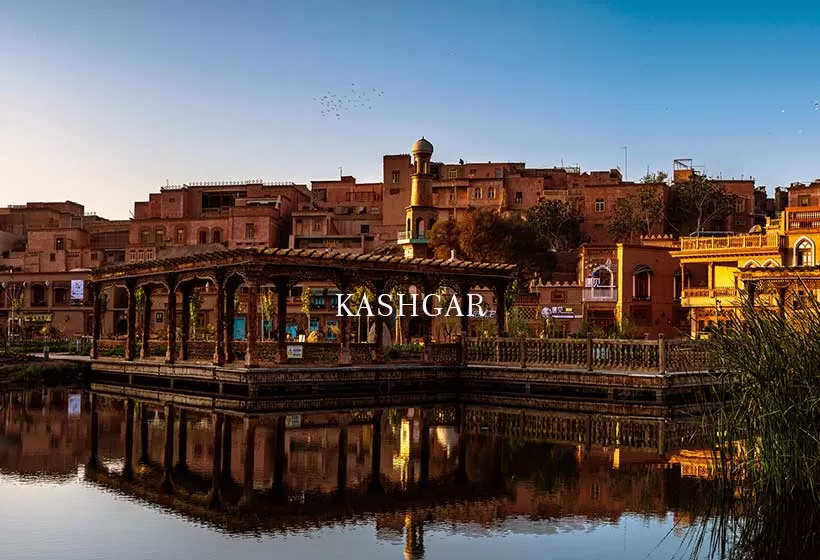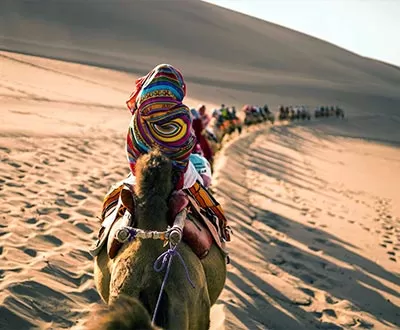Kashgar travel guide: attractions, weather, food, etc.
Overview
Kashgar, located in the southwestern part of Xinjiang, is in the northwest region of China. The name of Kashgar means "the place where jade accumulates", which has a recorded history of over 2,000 years. The Kashgar region is surrounded by mountains on three sides and serves as an important node city on the Silk Road Economic Belt. It is also a renowned tourist destination in western China, known for its rich resources, diverse culture, stunning landscapes, and vibrant folk customs. Famous for its Silk Road relics and the scenic beauty of the Pamir Plateau, Kashgar enjoys a high reputation both domestically and internationally, with the saying "One haven't truly been to Xinjiang if he haven't been to Kashgar".
Brief History
Kashgar is a city located in the westernmost part of China's Xinjiang Uyghur Autonomous Region, near the border with Kyrgyzstan, Tajikistan, and Pakistan. The city has a rich history dating back more than 2,000 years.
Kashgar was an important trading hub on the ancient Silk Road, connecting China with Central Asia, the Middle East, and Europe. The city was a melting pot of different cultures and religions, with Buddhist, Christian, and Islamic influences. It was also home to the Uyghur people, a Turkic ethnic group with a unique language and culture.
In the 10th century, Kashgar was part of the Karakhanid Khanate, a Turkic state that ruled over Central Asia and parts of Iran and Afghanistan. In the 13th century, the city was conquered by Genghis Khan and became part of the Mongol Empire.
During the 16th century, Kashgar was part of the Yarkent Khanate, which was ruled by the Uyghur Sultanate of Kashgar. The city was an important center of Islamic learning and culture, and many scholars and poets lived there.
In the 18th century, Kashgar became part of the Qing Dynasty, and the Chinese government exerted control over the region. During the early 20th century, the city was a hotspot for political and social unrest, with various factions vying for control.
What to visit in Kashgar
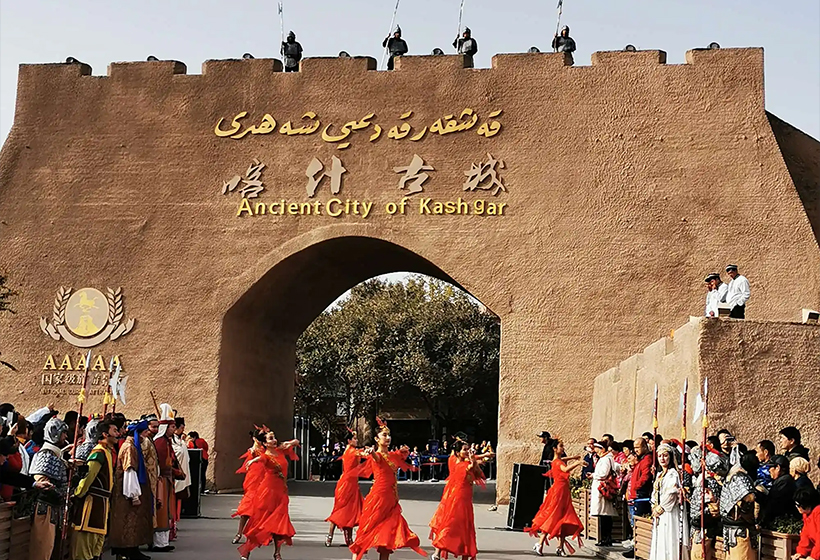 Ancient City of Kashgar
Ancient City of KashgarKashgar is a city with a rich cultural heritage, and popular attractions to visit include the Id Kah Mosque, the Ancient City of Kashgar, the Kashgar Bazaar, the Abakh Khoja Tomb, the Kashgar Livestock Bazaar, the Karakul Lake, the Kashgar Museum, and the nearby Taklamakan Desert.
Local food, what to eat
Food in Kashgar is a delicious blend of Chinese and Central Asian cuisine, with influences from the Uighur, Uzbek, and Kazakh cultures, featuring a wide range of flavors and spices, such as cumin, chili, and garlic, and popular dishes include lamb kebabs, hand-pulled noodles, polo (pilaf) with lamb or chicken, and various breads, such as nan and samsa, as well as dried fruits and nuts, making it a unique and exciting culinary destination for food lovers.
Hotels in Kashgar for your reference
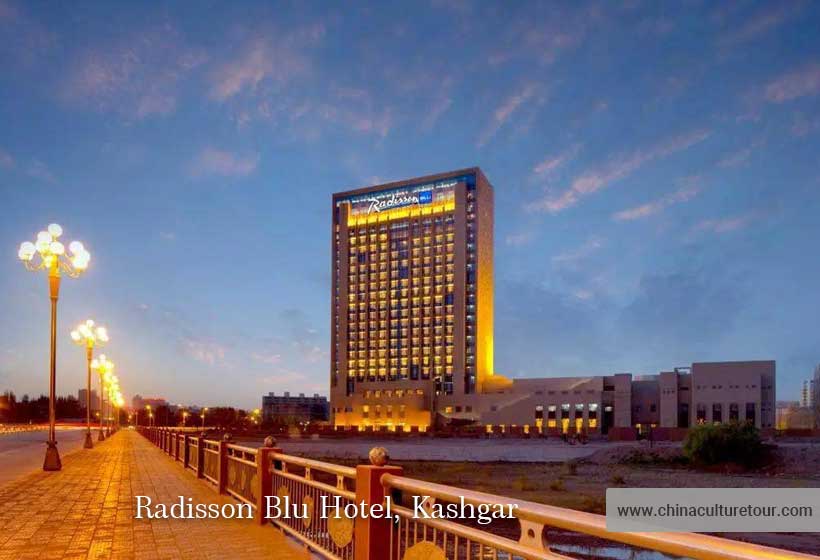 Kashgar Hotel
Kashgar HotelKashgar offers a variety of accommodation options for travelers including budget-friendly guesthouses like the Kashgar Old Town Youth Hostel, luxurious hotels such as the Radisson Blu Hotel Kashgar, and charming traditional-style accommodations like the Yambu Hotel Kashgar, all of which offer different amenities and experiences while providing convenient access to the city's main attractions, including the Id Kah Mosque, the Abakh Khoja Tomb, and the Kashgar Bazaar.
Weather in Kashgar
The best time to visit Kashgar is during from March to May and from August to November when the weather is mild and dry, and the city is bustling with activity. During these months, temperatures range from around 10°C to 25°C (50°F to 77°F), and there is little rainfall, making it a comfortable time to explore the city and its surroundings.
The months of August to October are the busiest tourist season in Kashgar, as the city hosts the famous Kashgar Sunday Market, also known as the "Grand Bazaar", which attracts traders and visitors from all over the region. The market is held every Sunday and is a great opportunity to experience the local culture and cuisine.
If you plan to visit Kashgar during the winter months from November to February, be prepared for cold temperatures and occasional snowfall. However, the city takes on a different character during the winter months, with fewer tourists and a quieter atmosphere, making it an excellent time to explore the city's history and culture.
How to plan a travel itinerary
A recommended travel itinerary for visiting Kashgar would include exploring the ancient city of Kashgar, experiencing the vibrant culture and traditions of the Uyghur people, visiting the bustling Kashgar Sunday Market, admiring the beautiful Id Kah Mosque and Abakh Hoja Tomb, taking a scenic drive to Karakul Lake and the surrounding mountains, and indulging in the delicious local cuisine, etc.
Day 1: Arrival and Sightseeing
Arrive in Kashgar and check-in at your hotel, visit the Id Kah Mosque, the largest mosque in China, explore the bustling Kashgar Bazaar, a lively market selling everything from spices to clothing, visit the Abakh Khoja Tomb, a beautiful mausoleum of a famous Islamic missionary.
Day 2: Scenic Tour
Drive to Karakul Lake, a stunning lake nestled in the Pamir Mountains, enjoy the stunning scenery along the way, including the famous Karakoram Highway and the Muztagh Ata Mountain, have lunch with a local Kyrgyz family and learn about their unique culture, return to Kashgar in the evening.
Day 3: Cultural Experience
Visit the Kashgar Old City, a traditional Uyghur neighborhood with narrow alleys and ancient architecture, learn about Uyghur culture and history at the Kashgar Museum, have a traditional Uyghur lunch at a local restaurant, visit the Kashgar Grand Bazaar, the largest bazaar in Central Asia, and shop for souvenirs, depart from Kashgar in the evening.
Customize Your Unique Kashgar Old City Tour

If you are interested in one of the Kashgar itineraries mentioned above, please contact us, and we will be happy to customize it and provide a quote tailored to your preferences.
Alternatively, if you would like to customize your Kashgar Tour, please visit our Kashgar Tour Customized Center. We assure you that you will receive a reply within 24 working hours.
Informative Articles for Your Kashgar Trip
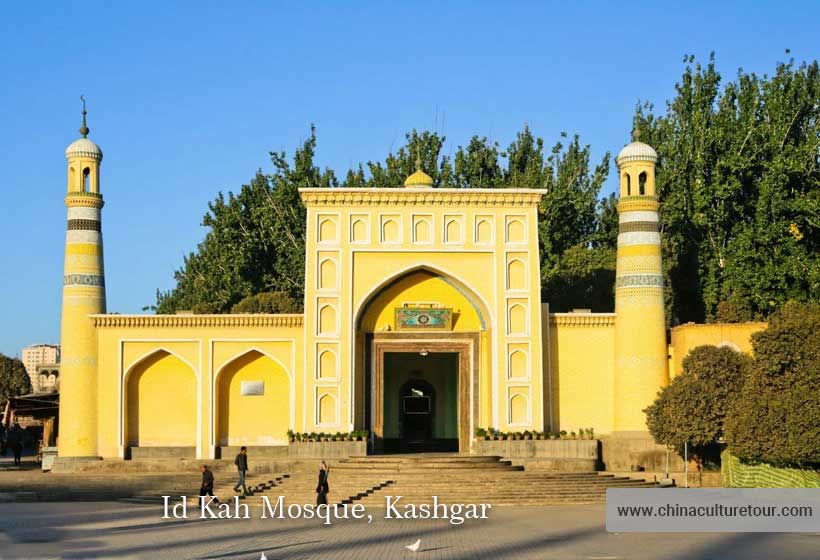 Id Kah Mosque, Kashgar
Id Kah Mosque, Kashgar- Travel Guide: attractions, seasons, hotels, food, itineraries, etc.
- Travel itineraries: best itineraries for your reference
- Weather: the best time and seasons to visit Kashgar
- Top attractions: things to do in Kashgar
- Cultural immersions: hands-on activities to spotlight your trip
- Unique perspective: top different things to do
- Local food: what to eat while traveling in Kashgar
- Luxury hotels: where to stay in Kashgar
- Kashgar Tours: tailor-made Kashgar Tours for your reference
GREAT FAMILY CHINA TOUR
JULY 2024 We wanted to thank Grace at China Culture tour for organizing a great tour of China. We enjoyed our Beijing - Xian-Chengdu -Guilin -Yangshuo - Shanghai trip. Our local guides Bruce in Beijing, Susan in Xian, Jane in Chengdu, Mike in Guilin and Mary in Shanghai took care of us…read more details »
Teng Han L from SINGAPORE
Ready to Create a Unique Dream Travel?
